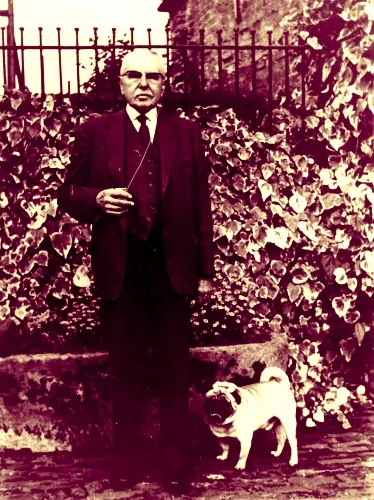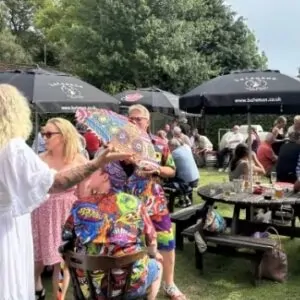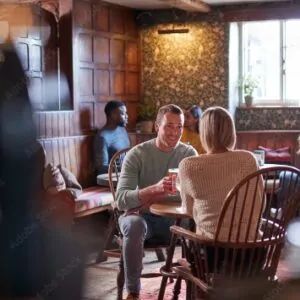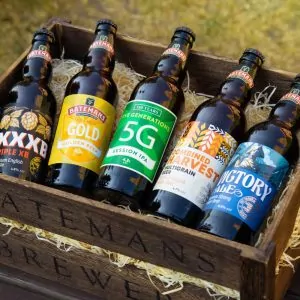July Brewsletter 2025
The post-war years were a challenging time for breweries across the country. Faced with increasing pressures, many smaller brewers chose to sell out. Among them were Soames of Spalding, Soulby’s of Alford, and Mowbray’s of Grantham, two of which had Batemans’ Harry Bateman serving on their boards.
Batemans, too, found itself in a vulnerable position, surrounded by much larger competitors such as Green’s Brewery and Steward & Patteson. The region was also dominated by five major Nottinghamshire brewers, including Home Brewery, Shipstone, Mansfield, and Hardy & Hanson.
Green’s Brewery did make an approach to acquire Batemans, but it quickly became clear that Harry had no intention of selling. He fiercely valued the brewery’s independence. Instead of selling, he doubled down, investing heavily in modernising the Brewery and upgrading its equipment.
In 1952, a new chapter began as Harry’s son, George, joined the business. Ironically, George had completed his training at Green’s Brewery, now operating under the name Flowers. Under his guidance, much of the brewery was transformed.
In 1955, George struck a significant deal with Flowers, purchasing 23 former Soulby’s pubs for a total of £23,000. Many of these pubs had peculiar licensing restrictions: customers were only permitted to drink while seated, as standing was thought to encourage excessive drinking and unruliness!
More acquisitions soon followed. George purchased several pubs from Steward & Patteson, who themselves had taken over properties from Soames of Spalding. Many of these establishments were limited to selling only beer and operated just six days a week. George worked tirelessly to secure full licenses, expanding their potential.
By the end of 1957, Harry and George had built an impressive estate of 108 pubs. Their dedication and belief in Batemans’ independence had paid off, and the future looked brighter than ever.
Until next month, cheers, and thanks for reading.



